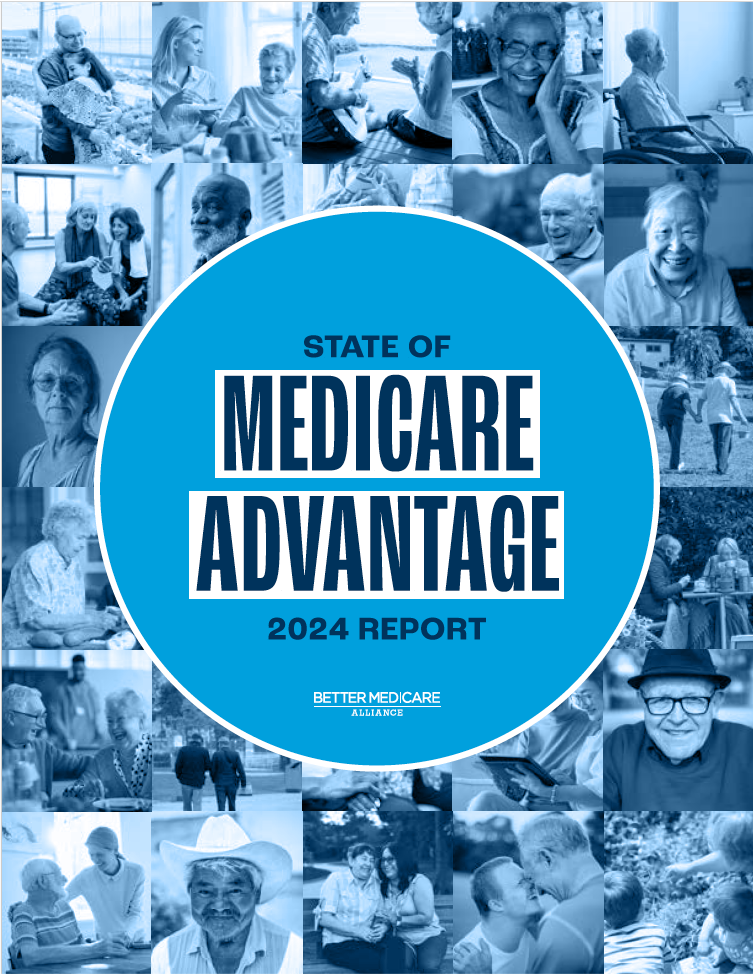
State of Medicare Advantage: the latest trends and data for 2024
Medicare Advantage is the affordable health care choice for nearly 34 million seniors and people with disabilities — but did you know it is now the majority Medicare program? That’s right: 55% of the Medicare population now chooses Medicare Advantage, according to Better Medicare Alliance’s State of Medicare Advantage report for 2024.
And that’s just one of many impressive statistics in this year’s report. Here are our top five takeaways:
1. Enrollment in Medicare Advantage has more than doubled over the past decade. More Americans than ever are choosing Medicare Advantage for affordable health care, with nearly 34 million seniors and disabilities enrolled in the program. Medicare Advantage now makes up more than half (55%) of the Medicare population.
2. The share of minorities choosing Medicare Advantage has never been higher. More than 30% of Medicare Advantage beneficiaries are Black, Latino, or Asian, compared to 18% in Fee-For-Service Medicare.
3. Medicare Advantage is expanding in rural areas. Forty percent of eligible beneficiaries in rural counties are now enrolled in Medicare Advantage — a share that has quadrupled since 2010. Meanwhile, Medicare Advantage access is now nearly universal, with 99.7% of Medicare beneficiaries having access to a Medicare Advantage plan.
4. Seniors are highly satisfied with their Medicare Advantage. Ninety-five percent of Medicare Advantage beneficiaries report being satisfied with their health care. Medicare Advantage makes it easy to receive comprehensive care, with 99% of Medicare Advantage plans offering at least one supplemental benefit, such as vision or dental coverage.
5. Medicare Advantage is affordable health care for seniors. Medicare Advantage beneficiaries spend an average of $2,541 less per year on out-of-pockets costs and premiums compared to those enrolled in Fee-For-Service Medicare, according to this year’s report. The average monthly premium in Medicare Advantage is just $18.50 this year.
Read more about the research:
